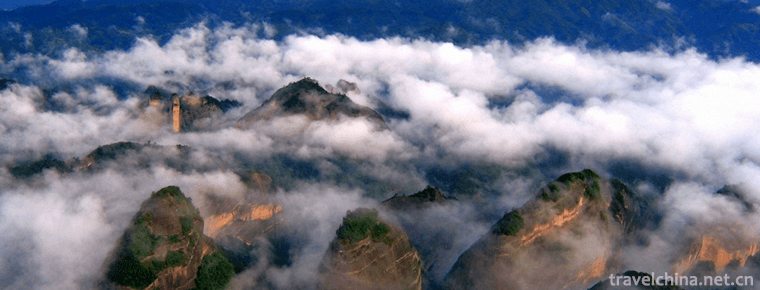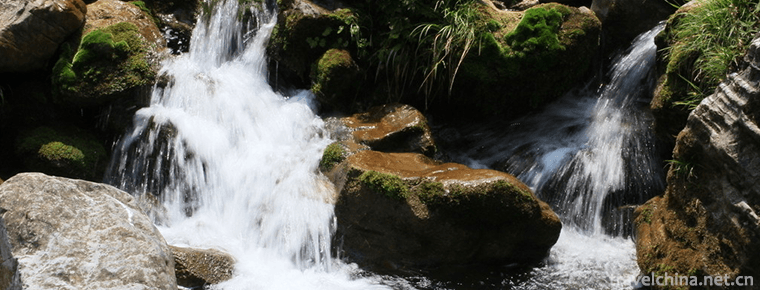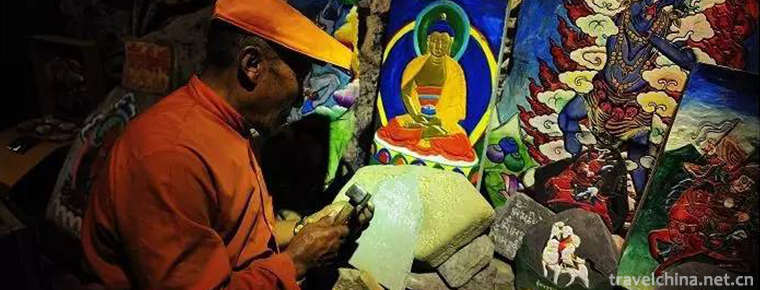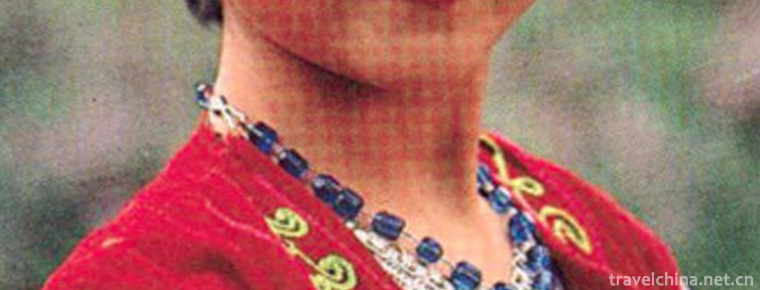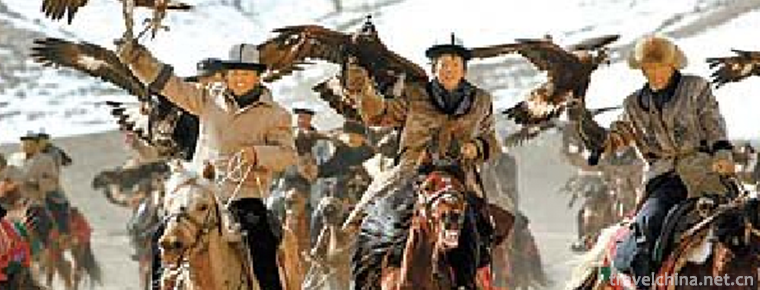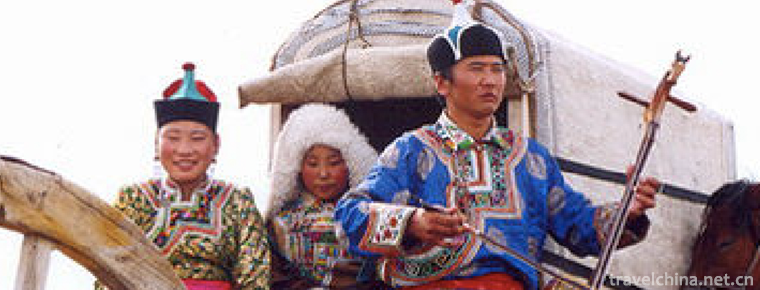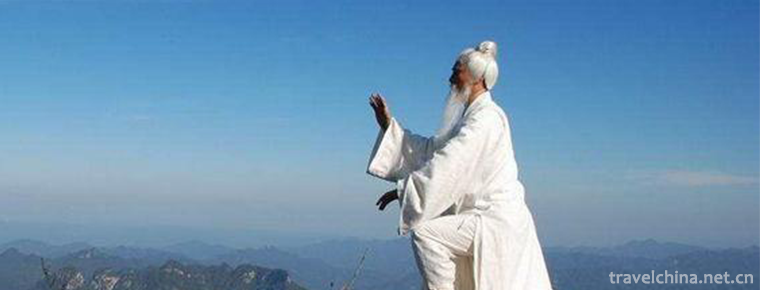Zezhou Sixianshu
Zezhou Sixianshu
Zezhou Sixianshu is a popular performance form in Zezhou Prefecture, Shanxi Province in Qing Dynasty. It is named after Sixian (Sihu) as the main accompaniment instrument. There is no documentary information about its formation age. Cheng Tianhe, a blind artist in Lichuan Town of Zezhou Prefecture in the Qing Dynasty, was the earliest known artist who was good at performing four-string books in Zezhou (about 1872-1932). It is inferred that the Four Strings Book of Zezhou was formed at the latest in the Guangxu Period of the Qing Dynasty and has a history of more than 150 years.
On May 23, 2011, the "Four Strings Book of Zezhou" declared by Jincheng City, Shanxi Province, was approved by the State Council and listed in the third batch of national intangible cultural heritage list.
historical origin
Zezhou Sixianshu is named for its four strings (Sihu) as the main accompaniment instrument. There is no literature on its formation age. Cheng Tianhe, a blind artist in Lichuan Town of Zezhou Prefecture in the Qing Dynasty, was the earliest known artist who was good at performing four-string books in Zezhou (about 1872-1932). It is inferred that the Four Strings Book of Zezhou was formed at the latest in the Guangxu Period of the Qing Dynasty and has a history of more than 150 years.
After the founding of New China, Jincheng City set up a Quyi troupe mainly performing Zezhou Four String Books. He has edited and performed new programs such as Kao Shen-fu, Wu Quanyou Receiving Girls, River God Marrying Wives and so on.
After entering the 21st century, with the age of the old artists increasing and their death, the number of performances is decreasing day by day. Zezhou Sixianshu is on the verge of extinction. It is in urgent need of rescue and protection. For many years, the local government has been carrying out relevant protection work.
artistic characteristics
The performances of Zezhou Sixianshu are composed of rap and singing, mainly in the Jincheng dialect. In the early stage, only one person performed with four strings and legs. Later, many people accompanied. And one leg plate and one cymbal. The accompaniment is interlude, i.e. no accompaniment when singing. The Lyric format is basically seven-character upper and lower sentences, rhyming the lower sentences.
Zezhou Sixianshu Program takes "Guan" as the unit, and "Guan" refers to a paragraph of the program story, usually about one hour. A long program consists of several "performances", called "Grand Slam".
After the founding of New China, Jincheng Quyi Team appeared standing and walking performances besides the traditional sitting performances. At the same time, the accompaniment instrument replaced the four strings with erhu, adding suona, drum and banner.
Representational repertoire
Its representative traditional programs are Huiwen Ping (32 consecutive), Sanhong Zhuan (24 consecutive), Martyr Girl Zhuan (13 consecutive), Hongluoshan (9 consecutive), etc. There are also medium-length programs such as "Birds Chao Feng", "Yang Bajie Youchun", "Two Lao Bizi", short programs such as "Little Widow Go to the Tomb", "Bachelor Cry Wife", "Little Two Eat Zongzi" and so on.
In the old days, the performers of Zezhou Four String Books were blind artists, mostly in groups of three or two, and there was no class organization. Villagers'reward, vow and celebration are the main occasions for performances. Usually, "Shuo Shenshu" plays "Tour Tiantai", "Big Eight Immortals", "Rich Changchun", "Axe Chopping Huashan" and other programs; Birthday, Full Moon performances "Du Lin Ying", "Three Sisters Fall", "Tian Xian Giving Sons"; Birthday performances "Xu Gongzi Baishou", "Long Sanjie Baishou" and other programs; Wedding Day performances "Xixiangji" and "Liang Zhuxia Shan". Wait for the program.
Inheritance Significance
Although the history of Zezhou Sixian Book is not very long, its value is not small. It is the cultural treasure of the Chinese nation. This form of performance is mainly distributed in Jincheng, Shanxi Province. The representative successors are Chen Tiefa and Mary (Ma Xinmei).


-
Lang Mountain Scenic Area
Langshan is located in the northwest side of the hinterland of the Yuechengling Mountains, which is the longest in Wuling Mountains. It spans Xinning County and Resource County.
Views: 210 Time 2018-12-12 -
Shuimogou Scenic Area
Shuimogou Scenic Area, also known as Shuimogou Park, is named after Shuimogou in the scenic area. It is located in the eastern suburb of Urumqi, Xinjiang. Around 2000.
Views: 364 Time 2019-02-13 -
Changsha window of the world
Changsha World Window is located on the Liuyang River in the northeastern suburb of Changsha City, Hunan Province. It is a cultural theme park jointly invested by Hunan Radio and Television Media Co.,.
Views: 179 Time 2019-03-17 -
Tibetan Gesar Painted Stone Carvings
Tibetan Gesar painted stone carvings belong to a relic of Chinese Tibetan Gesar culture. They are mainly distributed in Seda, Shiqu and Danba counties in Ganzi Tibetan.
Views: 114 Time 2019-04-06 -
Kazakh Costume
Kazakh people are characterized by pastoral nomadic culture. Their clothes are easy to ride. Their national clothes are mostly made of sheep's skin, fox's skin, deer's skin and wolf's skin, reflecting.
Views: 213 Time 2019-05-02 -
Kirgiz hawk taming custom
Originating in the East, the Falcon has a history of 4000 years. The custom of taming Eagles has been handed down orally without any written records. However, the Kirgiz people have kept the saying .
Views: 132 Time 2019-05-09 -
Horqin Chaoer Epic
Horqin epic is a local tradition of Mongolian heroic epic. It is the only living epic in Horqin area of Inner Mongolia Autonomous Region. "Chao Er Playing Method", "Overtone Playing Met.
Views: 130 Time 2019-05-09 -
Taiji boxing
Taijiquan, a national intangible cultural heritage, is based on the traditional Chinese Confucian and Taoist philosophy of Taiji, Yin-Yang dialectical concept as the core idea, integrating many functi.
Views: 169 Time 2019-06-18 -
Lingshan Temple
Lingshan temple is located in Mianning County, Liangshan Prefecture, Sichuan Province. It is 8 km away from Mianning County. It is the most famous temple in Liangshan Prefecture. It belongs to Mianning County as well as Xichang Satellite Launch Center..
Views: 173 Time 2020-10-16 -
Batang Tuanjie steamed stuffed bun
The Tuanjie steamed bun was not invented by the 18th army when it entered Batang. In the old days, Tuanjie steamed bun, to be exact, was made by Batang ancestors hundreds of years ago. Moreover, it has been handed down to the present day..
Views: 234 Time 2020-12-06 -
Characteristics and types of Chinese embroidery
The main artistic features of hand embroidery are neat patterns, beautiful silk, fresh and elegant colors, rich needlework, appropriate elegance and beauty, and exquisite and exquisite embroidery. As far as the needling methods of embroidery are concerned,.
Views: 231 Time 2020-12-12 -
The evolution of Guangyuan
Guangyuan was ruled by Yin state in Xia Dynasty and Ju state in Zhou Dynasty. At that time, the state of Ju was in a state of tripartite confrontation with the states of BA (governing Chongqing) and Shu (governing Chengdu)..
Views: 299 Time 2020-12-15
